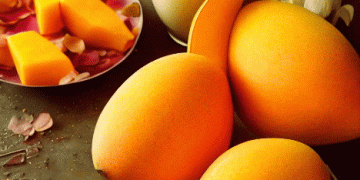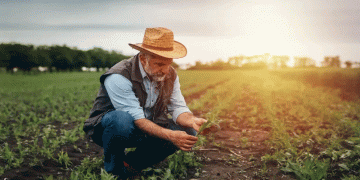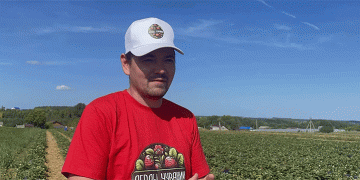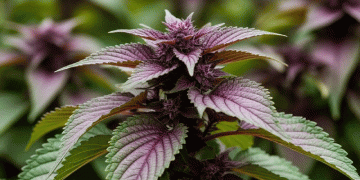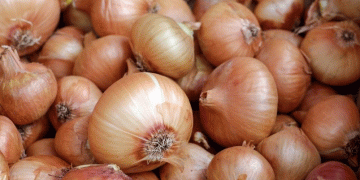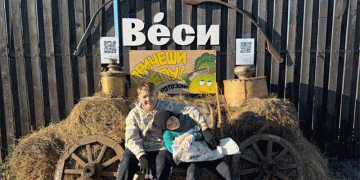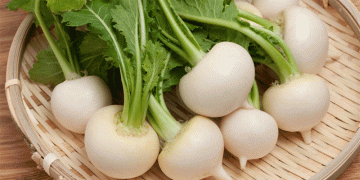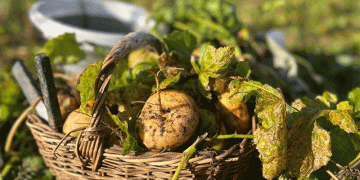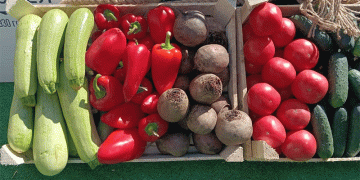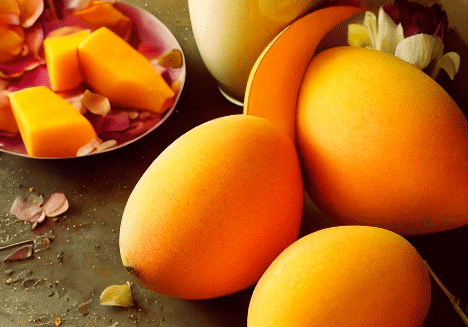The Peruvian mango export industry faced significant challenges during the 2023/24 season, with export volumes dropping by a staggering 68% and the overall value falling by 20%. While prices increased slightly to mitigate some of the financial losses, the season marked a critical turning point for the industry. According to David Sandoval, CEO of Fluctuante, adverse weather conditions, including Cyclone Yaku and elevated temperatures linked to El Niño, severely impacted mango production in Peru.
Peruvian mangoes, particularly the Kent variety, which dominates 94% of exports, suffered from these extreme weather events. This led to a noticeable decline in both flowering and fruit production, creating significant challenges for growers and exporters alike.
The Netherlands emerged as the top destination for Peruvian mangoes, accounting for 40% of exports, followed by the United States with 30% and Spain with 7%. However, the volume of exports to the Netherlands fell by 65%, with a 6% drop in value. The United States experienced an even steeper decline, with a 74% reduction in quantity and a 33% drop in value. In contrast, while Spain saw a 52% decrease in volume, the value of exports to the country increased by 25%, highlighting the complex dynamics of international markets during the crisis.
Brazil took advantage of the gap left by Peru’s struggles, positioning its Palmer variety to meet rising global demand, particularly in Europe. Despite facing similar production challenges, Brazil’s strategic positioning allowed it to capitalize on the opportunities that arose.
Compounding the weather-related difficulties, logistical issues such as delays in the Panama Canal affected the quality of Peruvian mangoes upon arrival at their destinations. These setbacks increased the pressure on exporters to prioritize quality in a highly competitive international market. The first shipments of the season faced criticism for poor ripeness and plant health, serving as a stark warning to the industry. Preventative measures and quality control throughout the production process became essential to maintaining Peru’s reputation as a top mango exporter.
David Sandoval emphasized that overcoming these challenges required close collaboration between industry stakeholders and farmers, particularly small-scale producers who faced unique difficulties in staying competitive. The industry recognized the need for a holistic approach that focused on quality and cooperation across the supply chain.
Looking ahead to the 2024/2025 season, there is optimism that the situation will improve. With favorable weather conditions expected to return, the Peruvian mango industry hopes to see a resurgence in production and a restoration of its position in international export markets. Producers are preparing for a stronger season, aiming to rebuild trust with international buyers and re-establish their market presence.
The Peruvian mango export industry faced one of its toughest seasons in 2023/24 due to a combination of climate and logistical challenges. However, the industry remains resilient, focusing on improving quality and strengthening collaboration to ensure a stronger 2024/2025 season. With the potential for better weather conditions, the future looks brighter for Peruvian mangoes as they aim to regain their competitive edge in global markets.
